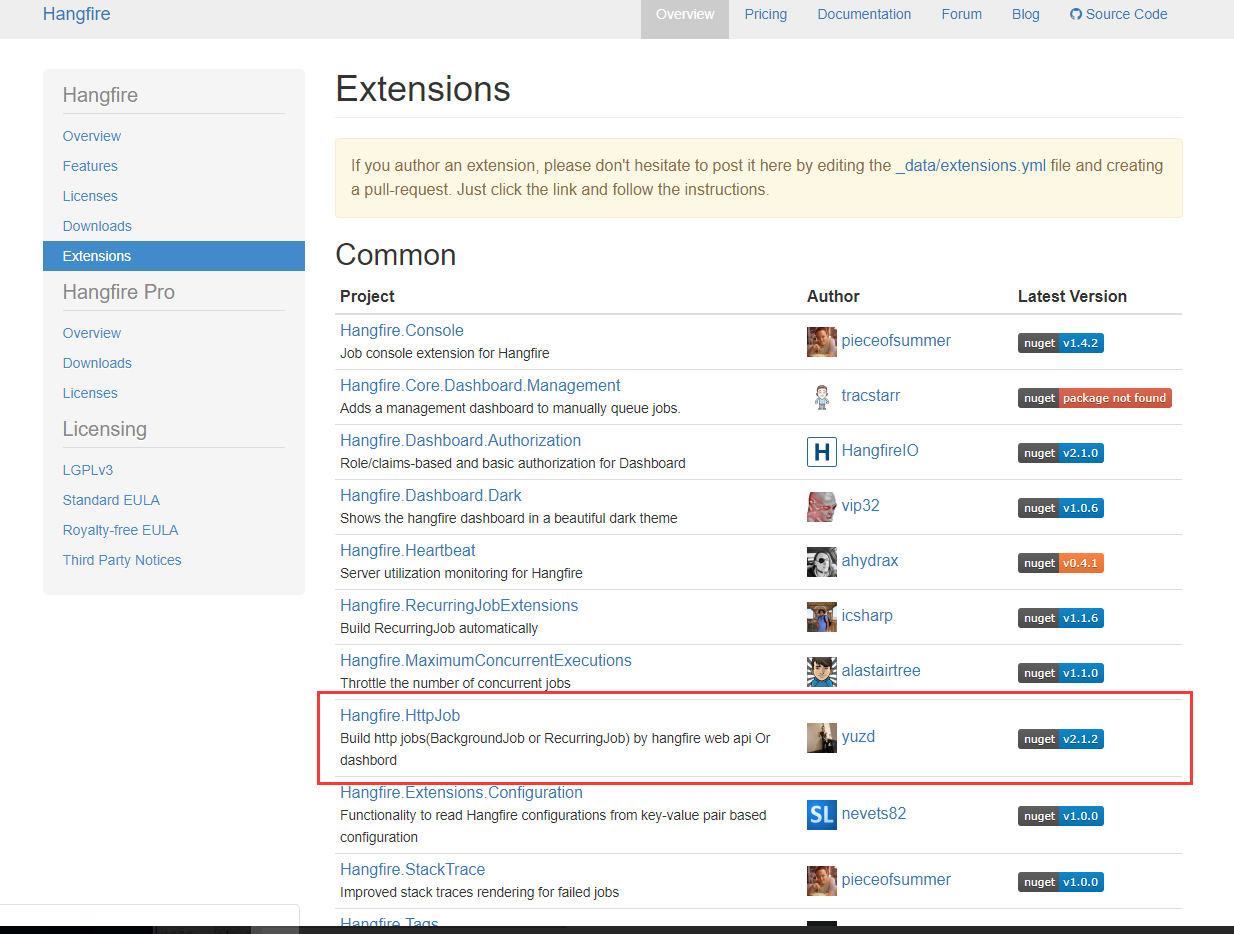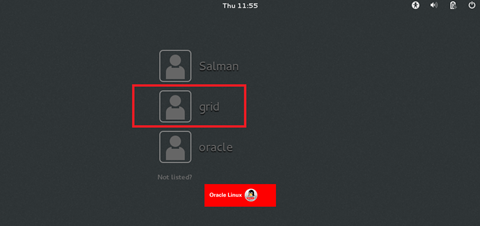可以将文章内容翻译成中文,广告屏蔽插件可能会导致该功能失效(如失效,请关闭广告屏蔽插件后再试):
问题:
What are you using for binding XML to Java? JAXB, Castor, and XMLBeans are some of the available choices. The comparisons that I've seen are all three or four years old. I'm open to other suggestions. Marshalling / unmarshalling performance and ease of use are of particular interest.
Clarification: I'd like to see not just what framework you use, but your reasoning for using one over the others.
回答1:
JiBX. Previously I used Castor XML, but JiBX proved to be significantly better, particularly in terms of performance (a straight port of some application code from Castor XML to JiBX made it 9x faster). I also found the mapping format for JiBX to be more elegant than Castor's.
JiBX achieves its performance by using post-compilation bytecode manipulation rather than the reflection approach adopted by Castor. This has the advantage that it places fewer demands on the way that you write your mapped classes. There is no need for getters, setters and no-arg constructors just to satisfy the tools. Most of the time you can write the class without considering mapping issues and then map it without modifications.
回答2:
If you want to make an informed decision you need to be clear why you are translating between XML and java objects. The reason being that the different technologies in this space try to solve different problems. The different tools fall into two categories:
- XML data binding - refers to the process of representing the information in an XML document as an object in computer memory. Typically, this means defining an XSD and generating a java source code equivalent. Interop between different languages is top priority (hence the use of XSD) - most typically for the implementation of SOAP-based web services.
- XML serialisation - refers to writing out a graph of in memory objects to a stream, so that it can be reconstituted somewhere or sometime else. You write the java classes by hand; the xml representation is of secondary importance. Also, the need for performance is often greater and the need for interoperation with other languages such as .net is often lower.
For xml serialisation, Xstream is hard to beat. JAXB is the standard for XML binding.
In either case, if you are using J2EE you'll need to pay careful attention to classes retrieved from JPA since class proxies and persistence specific collection types can confuse binding / serialization tools.
回答3:
If you have an XSD for the XML, and you don't need to bind the data to an existing set of classes, then I really like XMLBeans. Basically, it works like this:
- Compile XSD
- Use generated java classes to read/write documents conforming to this schema
Binding an XML document to the generated classes is as simple as:
EmployeesDocument empDoc = EmployeesDocument.Factory.parse(xmlFile);
回答4:
We use xstream. Marshalling / unmarshalling is trivial. See their tutorial for examples.
回答5:
Jibx is what is used around here. It is very fast, but the bindings can be a little tricky. However, it is especially useful if you have XML schemas describing your domain objects, as it really maps well to XSD (there's even a beta tool XSD2Jibx which can take XSDs and create stub domain classes and mappings, which you can then take and coax to fit your existing domain model).
It manipulates bytecode, so it must be run after the initial compilation of the Java .class files. You can use the Maven plugin for it, or just use it directly (the Eclipse plugin didn't seem to work for me).
回答6:
I've used Jaxb with varying success. At the time (a couple of years back) the overall documentation was lackluster and the basic usage documentation (including where to download implementations) was difficult to find or varied.
The parser which wrote the Java classes was quite good with little discrepancy against the original XSD (though I think it had problems supporting abstract XML elements).
I haven't used it since, but I have an upcoming project which will require just such a framework and I will be interested to know how anyone else fairs with the above.
回答7:
I used castor 7 years ago -- it worked fairly well. used DTDs. Not many choices at that time.
In current projects, I've used
1) JAXB -- standards based, Reference implementation available, command line and ant tools available. latest version - 2.1.8 needs java 5+.
2) XStream -- for Soap unmarshalling -- needs Java 5+. Is not as fast and standards compliant as JAXB latest.
BR,
~A
回答8:
Related: XML serialization in Java?
回答9:
XmlBeans is a good choice especially if you have 'broken' XSD/WSDL files.
Don mentioned
EmployeesDocument empDoc = EmployeesDocument.Factory.parse(xmlFile);
..but it can also take a Node, or a File, or just about any source.
No fighting with namespaces,
traverse to the object you want to unmarshall,
and Factory.parse it.
Wish I had found it 2 weeks ago.
回答10:
We use Castor. It suits our needs fairly well.
回答11:
I was wondering exactly the same question, and finally I found this performance tests made by IBM. http://www.ibm.com/developerworks/library/x-databdopt2/. JiBX is my choice I guess, hehe.




